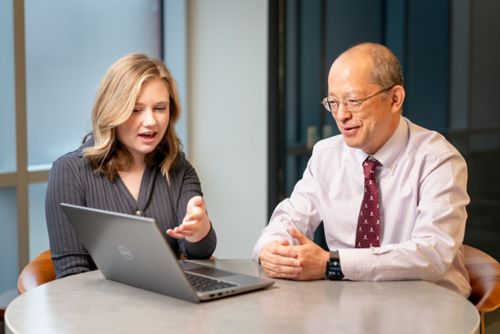St. Jude Family of Websites
Explore our cutting edge research, world-class patient care, career opportunities and more.
St. Jude Children's Research Hospital Home

- Fundraising
St. Jude Family of Websites
Explore our cutting edge research, world-class patient care, career opportunities and more.
St. Jude Children's Research Hospital Home

- Fundraising
Overview
Acute lymphoblastic leukemia is the most common pediatric cancer, affecting more than 6,000 people in the United States each year. Although the survival rate for this cancer now surpasses 90%, we are striving to increase it further. My work is focused on gaining knowledge and insights regarding this cancer so that we, as clinician scientists, can develop and implement new treatment strategies more effectively.
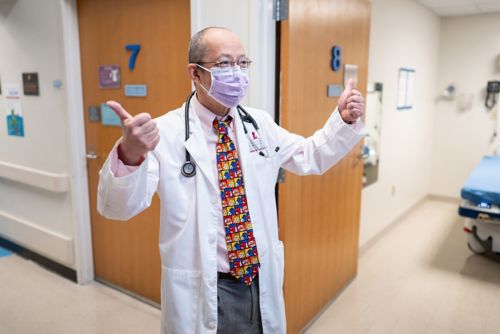
Inaba Research Summary
Acute lymphoblastic leukemia (ALL) accounts for approximately 20% to 25% of all pediatric cancers. Over the last 50 years, technological advances in diagnosis and disease evaluation, the optimization of conventional chemotherapy, and the introduction of new treatment strategies have increased the five-year survival rate to more than 90% in high-income countries. However, there are ways by which we can improve the survival rate even further and minimize treatment-related acute and late effects.
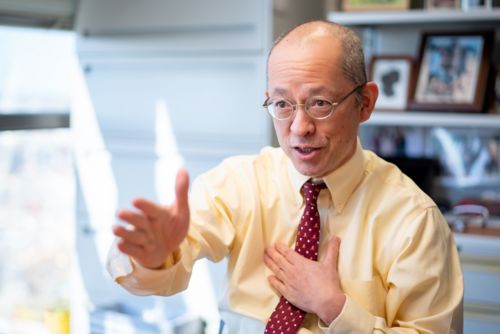
Improving survival rates and optimizing treatment for ALL
Molecular targeted therapies and immunotherapies have revolutionized ALL treatment, and they stand to cure even more children with a diagnosis of ALL. In addition, ALL is classified by genetic analysis into multiple subtypes that can be used for risk-stratification and for selecting molecular targeted therapy. I am interested in gaining a more comprehensive understanding of these aspects of ALL and in applying that knowledge to develop the most effective therapies. We aim to optimize therapies that not only increase survival rates but also minimize the intensity of treatment, the number of acute complications, and late sequelae.
Information from prospective and retrospective case studies plays a large role in our understanding of ALL with respect to diagnosis, risk-stratification, effective therapy, response to treatment, and supportive care. This clinical research, along with basic and translational studies, is guiding the next generation of leukemia treatment strategies. We hope that approaches similar to those developed for ALL can also be applied to acute myeloid leukemia and lymphoma.
Training and mentorship
Since 2022, I have served as the Program Director for the Pediatric Hematology/Oncology Fellowship Program. In this role, I guide the education and professional development of the next generation of clinician and scientists so that they can not only provide compassionate clinical care to their patients but also conduct research that will bring forth the next generation of treatments and cures.
Selected Publications
About Hiroto Inaba
Dr. Inaba is a pediatric oncologist who received his MD and PhD from Mie University School of Medicine in Japan. Dr. Inaba is interested in improving comprehensive therapies for children with leukemia and lymphoma. He is a Member of the St. Jude faculty in the Department of Oncology, Program Director of the Pediatric Hematology/Oncology Fellowship Program, and Interim Director of the Division of Leukemia/Lymphoma.
Affiliations
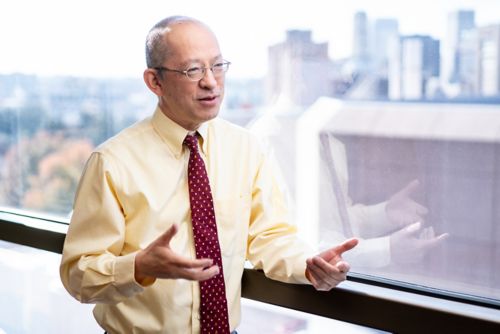
The Team
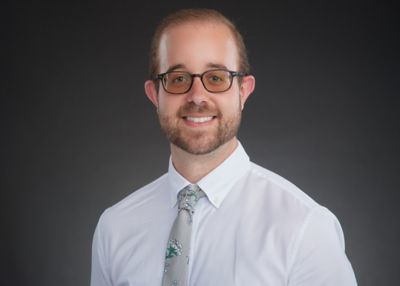
- Bradley Muller, MD
- Instructor, St. Jude Faculty
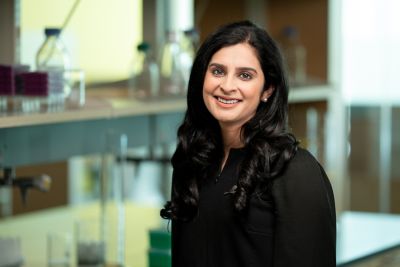
- Eesha Zaheer, MD
- Clinical Fellow
Contact us
Hiroto Inaba, MD, PhD
Member, St. Jude Faculty
Department of Oncology
Division of Leukemia/Lymphoma
MS 260, Room C6073
St. Jude Children's Research Hospital
Follow Us

Memphis, TN, 38105-3678 USA GET DIRECTIONS
